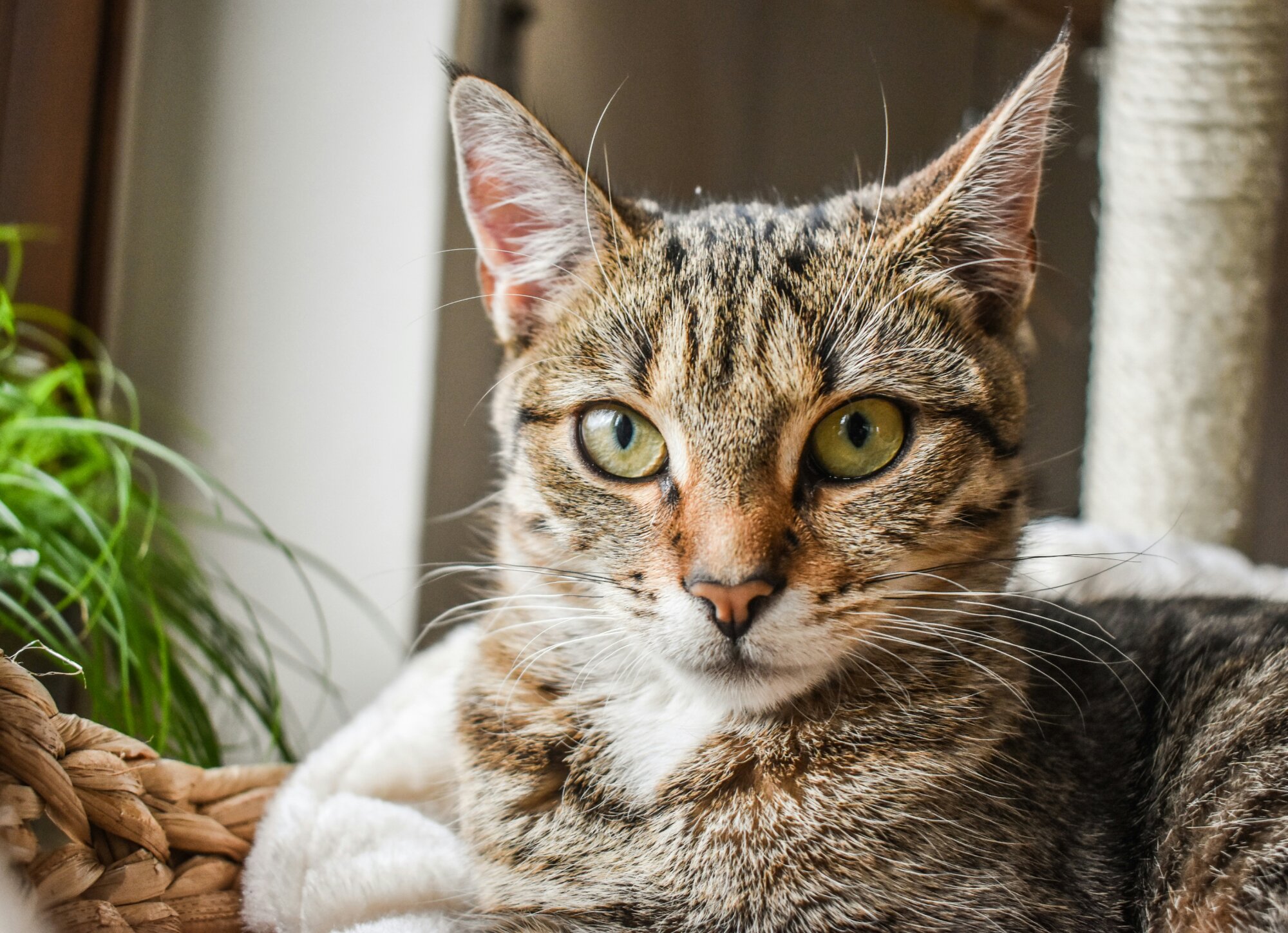If you are struggling with an insect infestation, it might be time to try a different mode of pest control. While searching the internet, you may have seen options for pest management like insect growth regulators (IGRs).
When getting rid of fleas, ticks, and other pests, it’s important to know the facts. And, how to keep your pet safe and comfortable throughout the process.
In this article, we'll answer the question, “What is an insect growth regulator?” and explain how they work. We'll also cover:
- Are insect growth regulators safe for pets
- How long does it take IGRs to work
- Other forms of pest control
What are insect growth regulators (IGRs)

Insect growth regulators are insecticides that mimic hormones in immature insects. IGRs prevent the molting process (egg production), reproduction process, and egg-hatch process. They also stop pupae and larvae from reaching maturity.
IGRs can control many insects, including:
Insect growth regulators are also effective at killing stored product pests (insects that infest whole grains or processed foods) and other insects that have shown resistance to other insecticides. IGRs have a reduced likelihood of resistance developing.
How do insect growth regulators work

IGRs disrupt the molting hormone to stop normal growth. They don’t kill adult insects right away. But, they prevent eggs and larvae from becoming reproductive adults, stopping the life cycle.
Insect growth regulators vs. Chitin synthesis inhibitors
Chitin synthesis inhibitors are insecticides that kill flea eggs by disrupting normal embryonic development. This means they prevent the insect's formation of chitin — a carbohydrate needed to form an insect's exoskeleton.
When an insect grows in normal development, it goes through a process called molting. In the molting process, an insect molts by growing a new exoskeleton and shedding the old one.
Chitin synthesis inhibitors interfere with the development of insects, while other IGRs mostly target pests' ability to reproduce.
How IGRs affect the flea life cycle
Sometimes, adult females can’t have babies anymore because their reproductive organs are affected. Or, the eggs the adult fleas or other insects lay will not survive.
IGRs may kill eggs or prevent their ability to hatch. If viable eggs hatch, the young insects will not survive or grow into larvae.
Flea larvae don't grow up properly after exposure to IGRs. Some never transition to the pupal stage. Others grow prematurely into nonfunctional adults.
Are insect growth regulators safe
Many IGRs have low toxicity to people, pets, animals, and other organisms. IGRs are safe to use in your home if you find a flea infestation or other pests.
To safely use a household spray with an IGR, follow these steps:
- Before treating the infected area, be sure it is clear of all humans and pets.
- After cleaning and vacuuming your home, spray all surfaces where insects nest.
- Avoid soaking any areas and make sure all surfaces are dry before reentering.
- For best results, treat your pet with vet-quality flea treatment like Wags Advance® For Dogs or Purrs Advance® For Cats.
How long does it take IGRs to work
The speed of insect death depends on which IGR is used and the life stage of the insect. IGRs can take days or weeks to completely eliminate a pest population. To see immediate results, use an IGR in your home and treat every pet with vet-quality topical treatment.
Other forms of pest control
There are lots of products out there to kill and prevent pests. Here are some of the most common forms of pest management.
Pesticides
While pesticides are effective at killing pests, they can be harmful to pets when used incorrectly. Pesticides can hurt dogs when they breathe them in, absorb them through their skin, or swallow them.
When using pesticides like IGRs in your home, remove all pets from the treatment area. Wait at least 30 minutes after using pesticides before allowing your pet into the area.
Juvenoids
Juvenoids, also known as juvenile hormone analogs, are another form of IGRs. Often called juvenile mimics, juvenoid IGRs are slow to kill off a pest population.
Juvenoid IGRs mimic the structure of the juvenile hormone. These are natural hormones found in pests. By mimicking the juvenile hormone, juvenoids do not allow adult-stage insects to reproduce.
Juvenoids are not safe to apply directly to pets. But, they can be used to treat your home.
Ultrasonic pest control technology
Ultrasonic pest repellers do not use chemicals. Instead, they emit an ultrasonic sound to repel pests like:
- Cockroaches
- Bed bugs
- Fleas
- Ticks
- Flies
- Rats
- Mice
Ultrasonic repellents are safe for pets, however, they are typically not as effective as spot-on treatments or IGRs.
Insect growth regulators are a common and highly effective form of pest management. But, the best way to protect your pets from pests is with vet-quality prevention.



